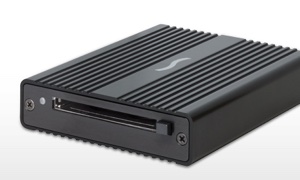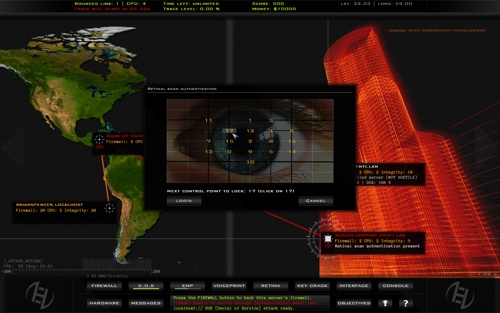FOR IMMEDIATE RELEASE
TOP WEB TOOLS EMBRACE THE SOUND OF ‘BEATNIK’
Easy ways for Web authors to add Headspace’s interactive music technology
to their pages
San Mateo, CA, January 12,1998* Headspace Inc.(r), a provider of
next-generation technology for Internet audio, announced today that
Macromedia Dreamweaver, NetObjects Fusion, and Random Noise Coda have each
added support for Headspace’s Beatnik(tm) technology in their popular Web
site authoring tools.
Beatnik provides very high audio quality with minimal download times. It
enables sound effects and high-fidelity stereo music files to be woven into
a Web page, resulting in a more compelling and personalized user
experience. Beatnik’s inclusion in high-level HTML authoring tool packages
now makes these interactive features available to hundreds of thousands of
Web page designers via an approachable drag and drop interface.
“Headspace has created the highest sound quality and most efficient music
format for the Web,” said Mike Goos, product manager for NetObjects Fusion.
“To satisfy the growing need to ‘sonify’ web sites, we partnered with
Headspace to introduce the Beatnik Component for NetObjects Fusion 2.0.2.
which makes it easy to add Headspace Beatnik sound to NetObjects Fusion
pages.”
Beatnik is unlike familiar Internet streaming audio technologies (such as
Real Audio) because rather than send rigid sound files, it plays arrays of
tiny ‘packets’ of audio via a real-time software synthesizer. These sound
packets can be located anywhere on the Net and then reconstituted on the
client machine as the user browses a Web page, resulting in flowing,
high-fidelity music that responds directly to the user’s input. Beatnik
files also include 40-bit encrypted copyright information, giving increased
protection to composers and music publishers.
Since its debut last Spring, Beatnik has been popular with Web design
houses and interactive advertising agencies, due to the unique ability it
gives them to leverage corporate ‘jingles’ on to the Web, reinforcing brand
identity and creating a more compelling experience. Young and Rubicam’s
interactive division recently reported a 60% increase in traffic to 7Up’s
Web site following ‘sonification’ with Beatnik.
Analysts also noted that Headspace’s audio technology will achieve a high
degree of ubiquity following the release of Java 1.2 later this year. Sun
Microsystems licensed Headspace’s code in 1997 to be the core sound driver
in Java. Once applications such as Netscape Communicator become Java 1.2
compliant, millions of Java-enabled desktops will support
Beatnik-compatible files directly, doing away with the need for a plug-in.
In the meantime, Netscape is shipping Headspace’s Beatnik plug-in
(available for free download at http://www.headspace.com) with its
Communicator 4.0 product line, giving users an early taste of what’s to
come as interactive sound continues to permeate the Web in 1998. Microsoft
Internet Explorer users can experience the same audio quality using
Headspace’s recently-announced Beatnik ActiveX control. Both the Beatnik
plug-in and the Beatnik ActiveX control play RMF files, and content created
in this format will be fully compatible with the sound engine in Java 1.2.
About Headspace
Headspace, Inc., was established in 1993 by multimedia entrepreneur Mary
Coller and musician/composer Thomas Dolby Robertson. From its offices in
Silicon Valley, Headspace produces software products and musical content
for the Web. Headspace’s first product, Beatnik, is one of the most popular
audio players on the Web enabling true interactive music with it’s RMF
(Rich Music Format) music format, a platform-independent standard for audio
on the Web. Headspace’s audio engine and RMF music has been licensed to an
expanding family of strategic partners, including Sun
Microsystems/JavaSoft, Oracle’s NCI division, WebTV Networks, Universal
Studios, and Be, Inc. By coupling expert engineering skills with
first-class musical talent, Headspace is dedicated to realizing new
possibilities for interactive music and audio within multimedia and on the
Internet. Additional information can be found on the Internet at
http://www.headspace.com.




